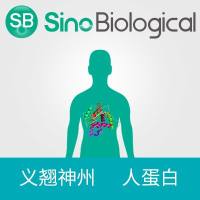Dual-Incision Assays for Nucleotide Excision Repair Using DNA with a Lesion at a Specific Site
互联网
605
Cells remove a wide array of potentially toxic and mutagenic lesions from their genomes by a major repair pathway called nucleotide excision repair (NER). This repair process involves a multiprotein nuclease complex that incises a damaged DNA strand on the 5′- and 3′-sides of a lesion (1 ). In humans, defects in the genes that participate in NER can lead to a rare recessive disorder, xeroderma pigmentosum (XP). Hypersensitivity to sunlight and a predisposition to skin cancer are the most characteristic traits of XP patients. NER-defective XP cells belong to one of seven genetic complementation groups (A-G). Although the NER process in mammalian cells consistently leads to the excision of damaged DNA fragments 24–32 nucleotides in length, the exact positions of the 5′- and 3′-incisions depend on the lesion being repaired. For instance, during the removal of a thymine dimer, incisions are made at the 22nd–24th phosphodiester bond on the 5′-side of the lesion and at the 5th phosphodiester bond on the 3′-side of the lesion (2 ). The main sites of incision during repair of DNA containing a 1,3-intrastrand d(GpTpG)-cisplatin crosslink are at the 16th–20th phosphodiester bond 5′- and the 8th–9th phosphodiester bond on the 3′-side of the lesion (3 ).









